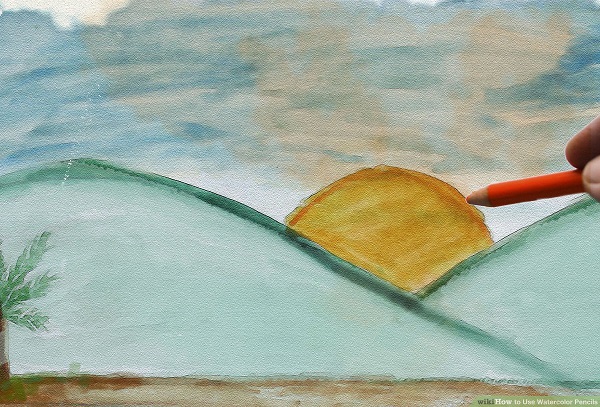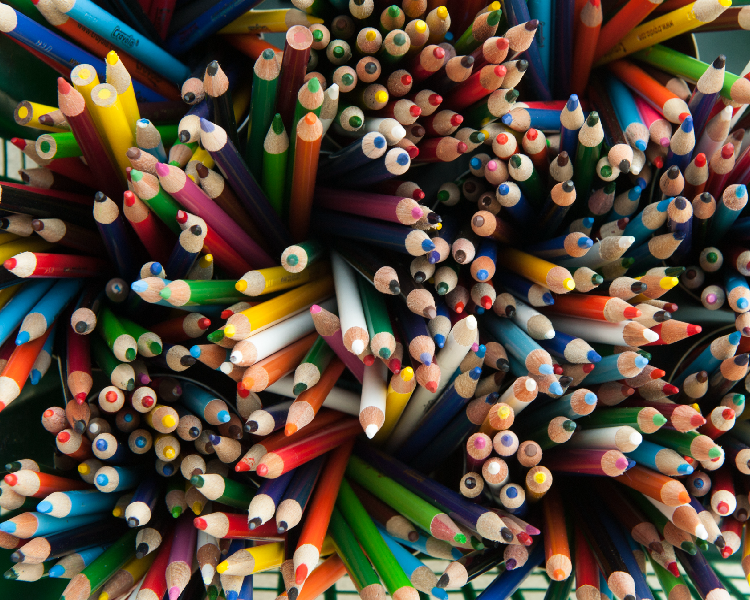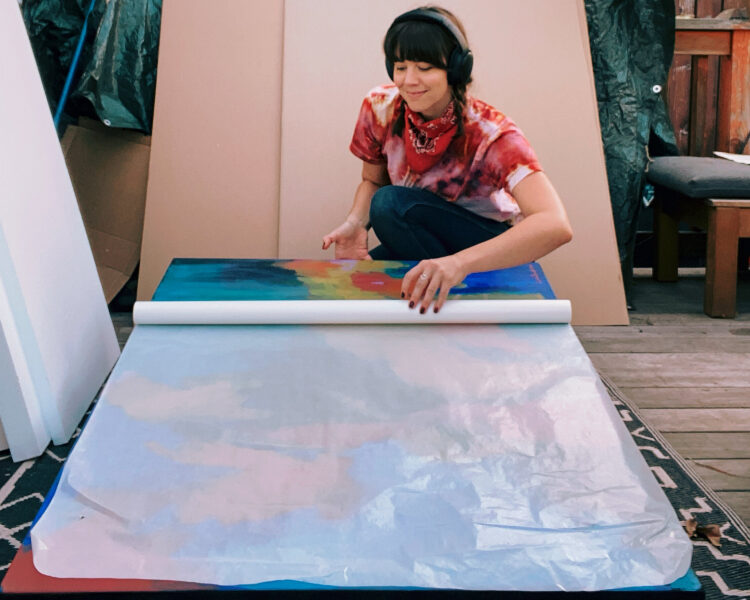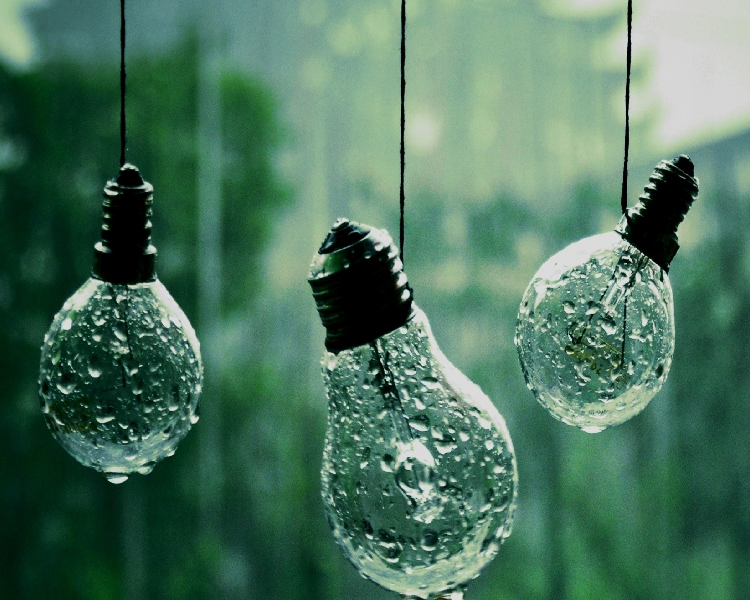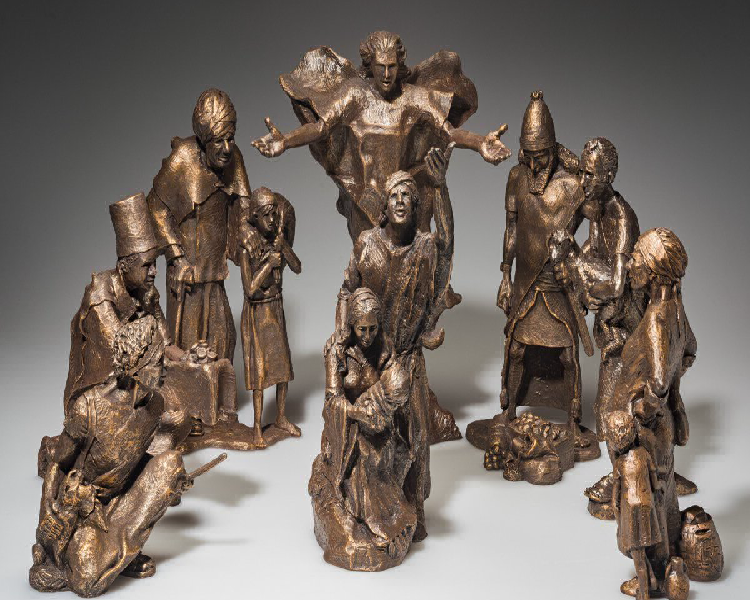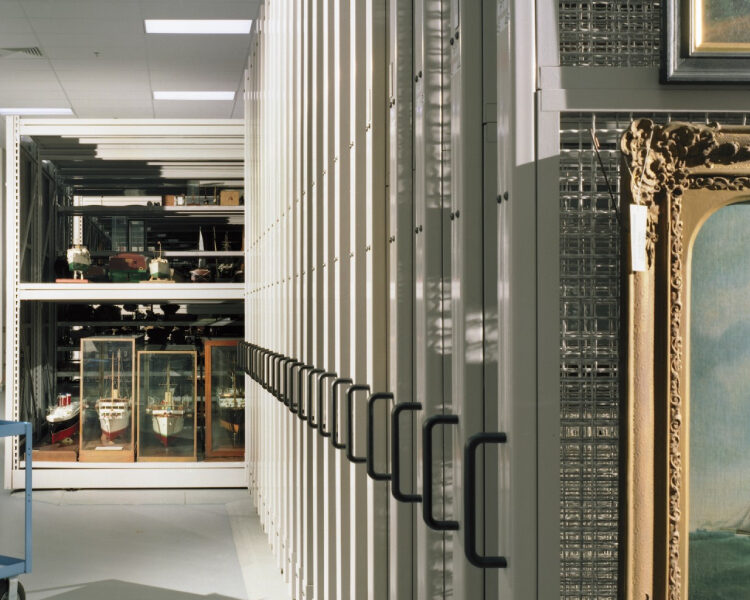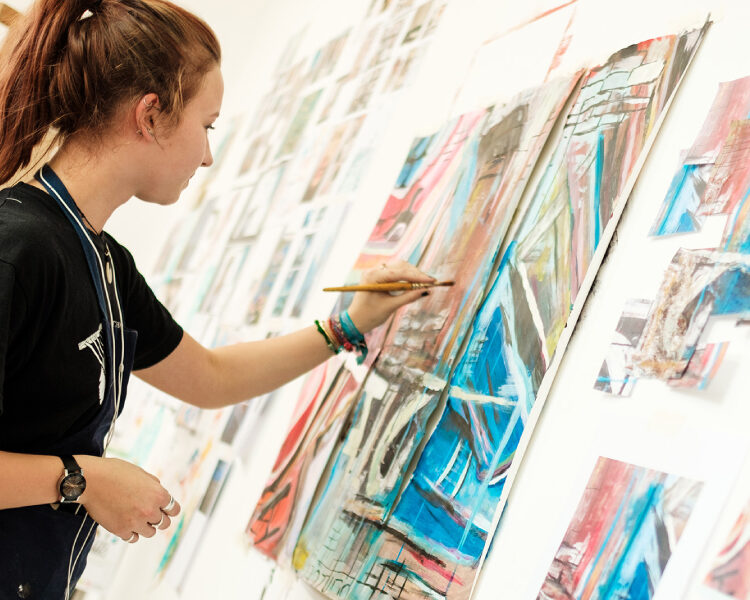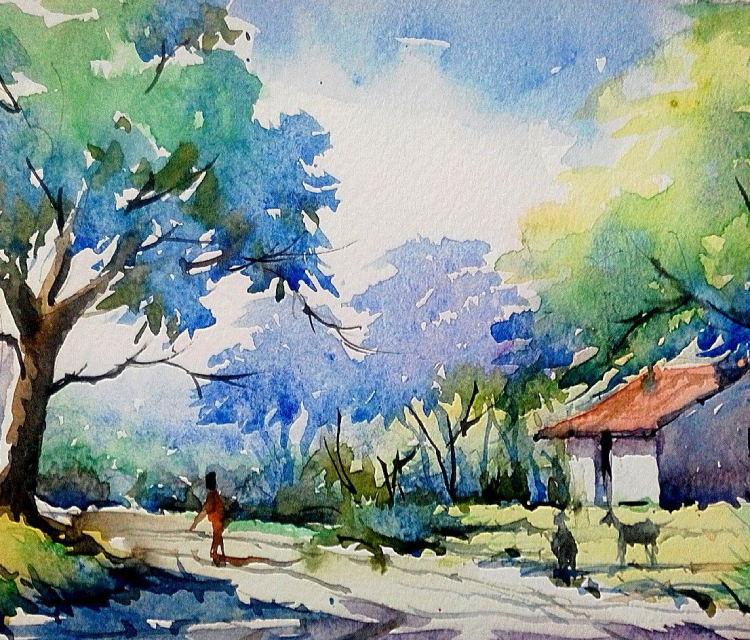
Watercolours: A Tricky Medium
Watercolours are perhaps the oldest form of paintings, dating back to centuries ago when man explored his creative side in caves and rocks in the paleolithic ages. Also known as aquarelle, ‘watercolour’ refers to both the medium and the art.
Using watercolors is easy but it can also be tricky if you don’t know the right techniques. Of course, there are no hard and fast rules for art. But getting these techniques right will make a huge difference to the resulting artwork.
Getting ready with the necessities
Before we can get down to the nitty-gritty of watercolour techniques, let’s make a checklist of the things we need to go ahead. The list is a small one:
- Paints and Paper
As always, it is better to invest in a set of good quality watercolours. The better the quality, the longer the life of the painting. Stationery shops are abundantly stocked with a wide range of watercolours and papers to choose from. Choosing the right paper is equally important. The papers must be thick enough to avoid water patches which will eventually lead to small or big damages.
Uncover More About : Try Your Hand At Painting Miniatures
- Brushes
Brushes come with two types of hair: synthetic and natural. Some brushes are available in a blend of both varieties. Here are some pointers to help you choose the right brush:
1.Go for brushes with sable pointed rounds for fine detailing.
2.Check the water-holding and paint-holding abilities of the brushes.
3.Include a range of flat-ends, pointed ends and rounded tips.
- Paper towels or waste cloth
The common paper towel is very useful for layering colours to add details, to correct mistakes and to redirect paint.
4 Easy Techniques To Explore
1.Light and Dark Shades or Gradated Wash
This subtle transitioning from dark to light shades is also known as the ombre effect. Start by wetting the paper with a flat brush. Then load it with a colour of your choice. The first stroke should have a good saturation of paint-not too much but enough to hold on the paper. Continue painting in single, even strokes, taking lesser paint with every stroke.
Build the shading effect with every layer till you achieve the result you want.
2.Dry and Wet Techniques
There are two ways to try this technique, where you can control the amount of water you add to create various textures.
For the first method, take any colour paint without water on a flat brush and use slanting strokes to apply the paint on paper. You will notice that dry paint tends to give rougher, fuzzy edges.
Secondly, the “dry on wet” method requires you to first paint the surface in one colour by mixing a moderate amount of water. Next, take another colour that is well saturated and start painting on the wet surface. Here, the dry paint on the wet background will give a new texture that can be controlled in any direction.
Splattering effect
The splattering effect is used to add another layer on top of a painted layer. For example, a dark bluish balck night sky can be accentuated by splattering white paint to give the effect of a starry sky or the Milky Way galaxy.
This fun technique can be done by using the index fingers to pull back on the bristles of the brush over the desired surface. The unpredictability of the end result is what makes this method an exciting one.
Add layers with the scumbling effect
The scumbling effect is, essentially, laying semi-wet strokes of different colour paints or shades. This technique in watercolour painting is used to create soft hues of layered colours and light alternating each other.
The trick is to do it one colour at a time to give the pigments time to overlap, blend and stay soft. Also, less is more in this technique.
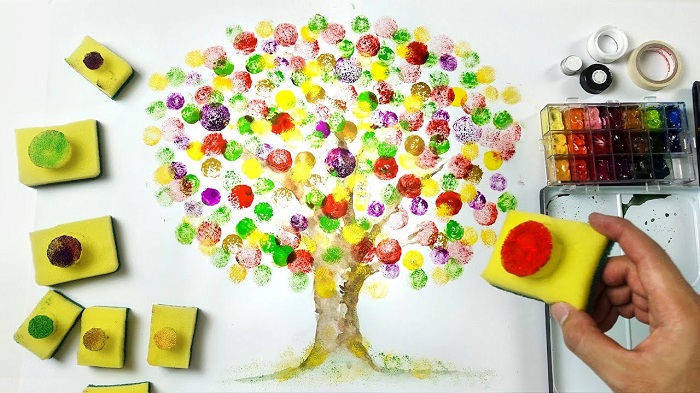
3 Techniques to Create Textures
Using sponges
This is a simple and effective way to create beautiful textures with a simple piece of sponge and paint. Simply dip the sponge into the paint and blot it on the paper. You can also use different colours with altering wetness of the paint. Sponging is a lovely way to fill up spaces for foliage, waterscapes, clouds, and shades of the sky.
Creating textures with salt
Using salt is an interesting way to create textures with watercolour painting. Salt crystals absorb water to leave unique patterns and textures on the paper. The method is simple. Sprinkle some salt over a blob of paint and allow it to dry. Simply wipe away the salt or rub it off and see the texture it leaves.
Using tapes
A tape can cleverly create clean lines and to mask off areas that need to remain white and clean. A drafting tape or painter’s tape are most ideal because they will not rip away the paper. Stick the tape where you want it to be and paint over and around it. Allow the paint to dry and remove the tape slowly to reveal the clean lines and white spaces.
Take out those watercolours and paint brushes and get creative!


